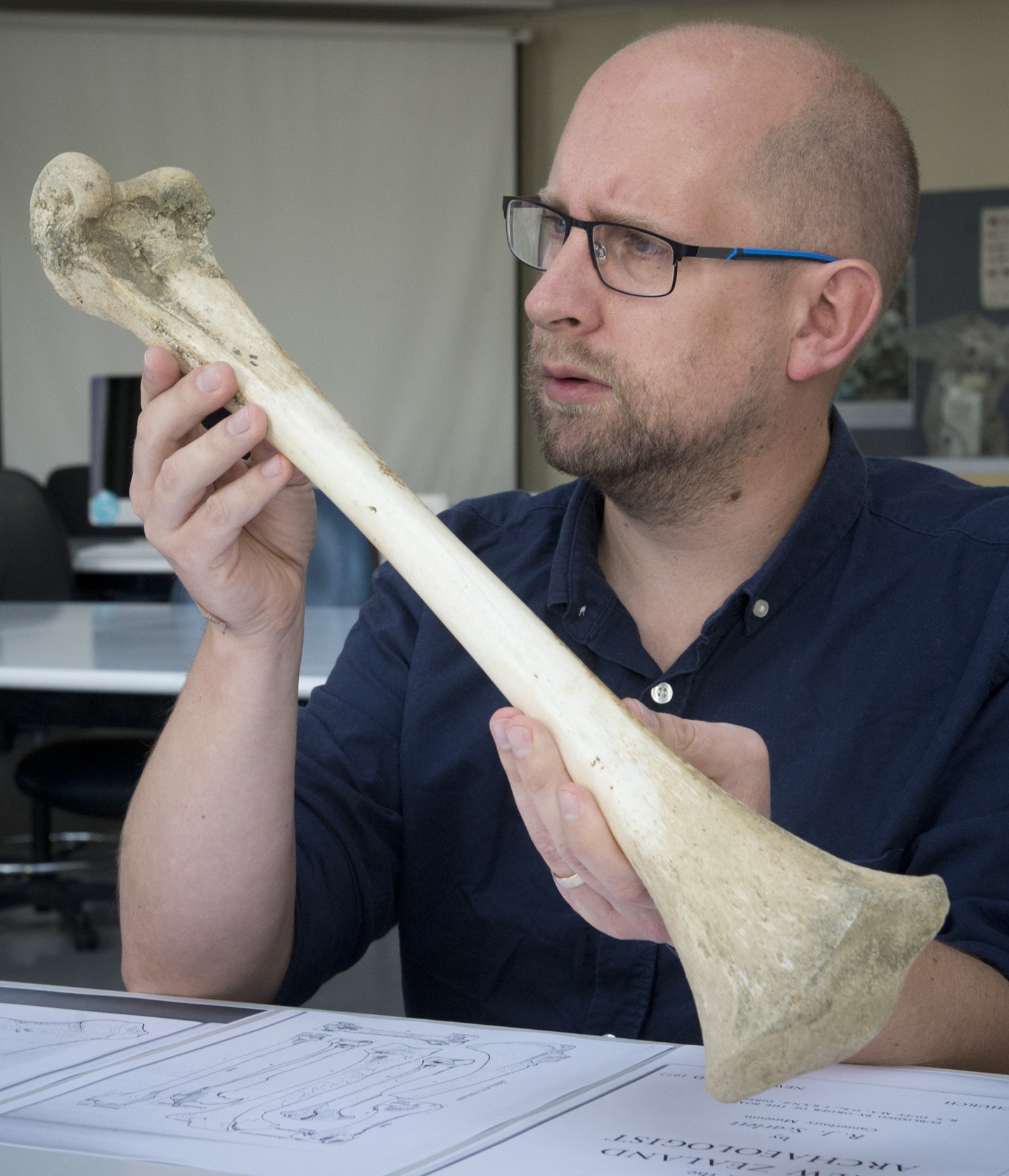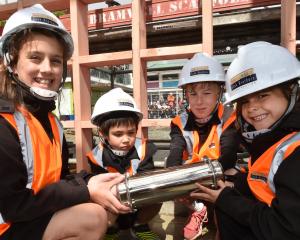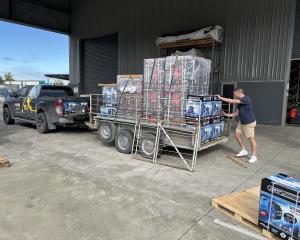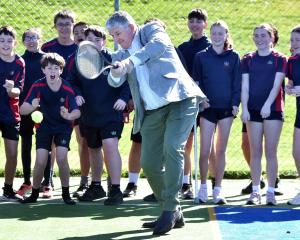
A recent article in Vent Magazine said University of Otago paleogeneticist Associate Prof Nic Rawlence might be an "expert" on ancient birds, but he was not an "expert" on indigenous belief systems.
The article said his recent comments extended "beyond the realm of science and into cultural representation".
"When he speaks on behalf of the Māori [sic] without clear consultation or consent, he contributes to a legacy of exclusion in science that too often sidelines indigenous voices.
"If we want science to be truly inclusive, it must start by knowing when to speak — and when to listen.
"Rawlence is quoted as framing the resurrection of the moa as potentially violating the values and beliefs of the Māori people, New Zealand’s indigenous population.
"But here’s the problem: Rawlence is not Māori — and increasingly, Māori leaders and scholars are pushing back against non-indigenous academics speaking on their behalf."
When it was announced that Colossal intended to "de-extinct" a moa, Prof Rawlence was quick to point out to media there was no such thing as de-extinction.
"Once something is extinct, it is gone."
He said Colossal would be creating a genetically engineered emu or some other ratite that might look like a moa, but was unlikely to function or sound like a moa.
Colossal had also claimed to have iwi engagement in the project, but he believed its "engagement" might have been "cherry-picked", Prof Rawlence said.
"For the moa genome research that we are doing, and for any of the research our lab is doing around the country, we have engaged widely with iwi, hapū, runanga and trusts — and importantly, we have engaged with a lot of the runanga of Ngāi Tahu," he said.
"Maori are not one people, so that’s why we engage as locally as possible ... because they have their own individual opinions from iwi to iwi, and their own individual tikanga, their own individual protocols and ways of doing things.
"We have consulted widely across the South Island and the North Island on various different projects, and it’s the same thing we are hearing time and time again.
"I can confidently say that based on the people that we have engaged with, there is no support for de-extinction."
He said they had major concerns around bioprospecting, biopiracy, monetisation of indigenous data sovereignty or indigenous intellectual property, trademarking, and they have ecological concerns around the fact that you would need to restore the habitat for moa, because there is no habitat [food] for them at the moment.
"Other concerns were that conserving a de-extinct moa could take money away from the conservation of existing species that are more worthy of conservation.
"And going and genetically engineering an emu or a tinamou to look like a moa is messing with whakapapa.
"There is no guarantee that a ‘Frankenmoa’ will be accepted as taonga or a treasured species."
He believed Colossal’s engagement with Maori was not done properly.
"If we think of just the South Island giant moa, there was no engagement with the eight iwi at Te Tauihu — the top of South Island.
"And so that comes across as very much cherry-picking and very much colonialist in its approach."
Colossal maintains it has had no involvement in the smear campaign articles.
"The de-extinction work that we do is controversial to some, and we have a handful of very vocal critics.
"Neither Colossal nor any of its investors are involved in commissioning negative stories about critics."










